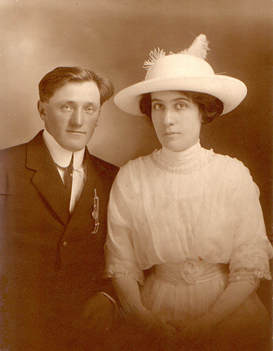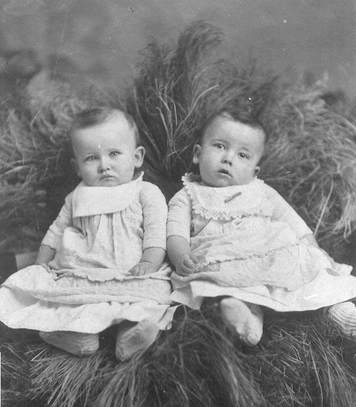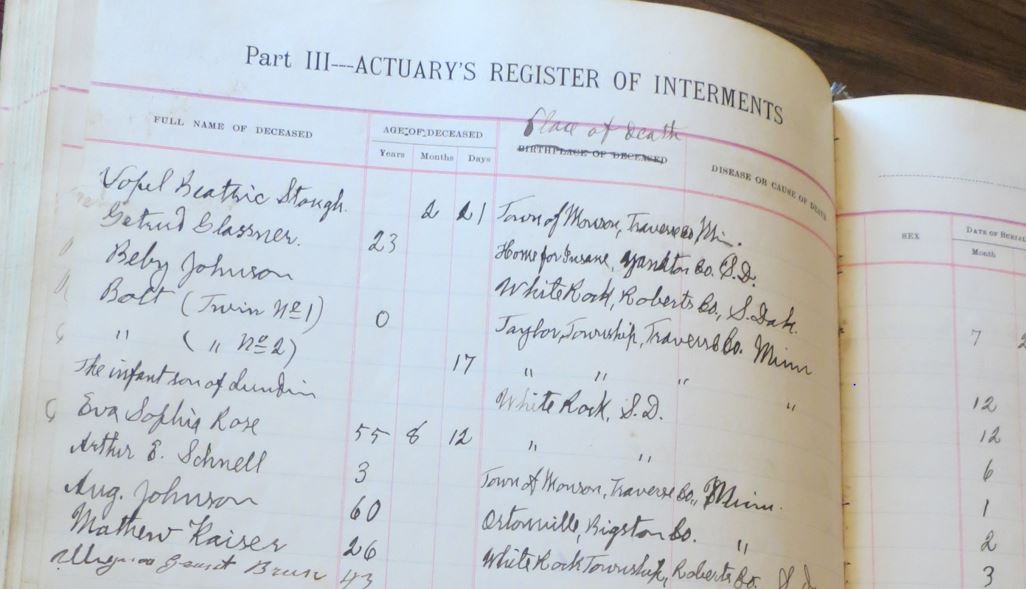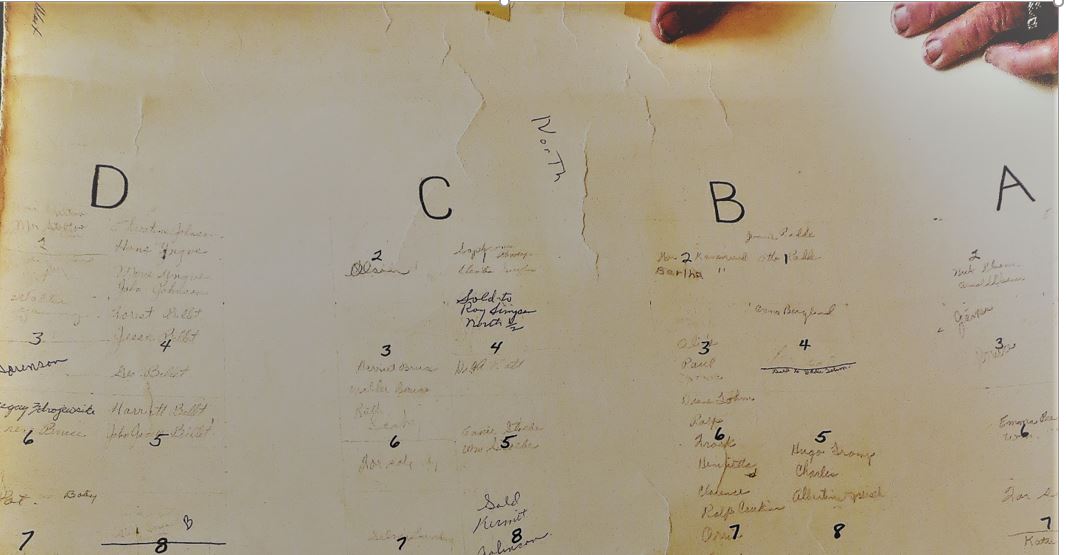 Photo by Veit Hammer on Unsplash Dresden, Deutschland During the pandemic there have been some dedicated souls who have been recording and capturing burial information for their local cemeteries. I remember when this effort was done many years ago by local historical societies. Those efforts were published in books. Now the results of these dedicated hours are published on websites and popular sites like FindAGrave and Billions of Graves. Let’s look at our options for finding family history research in cemetery records. I hadn’t planned on writing about cemeteries this week but sometimes it seems like the universe is pointing in that direction. There have been cemetery articles in recent magazines and an upcoming funeral that has turned my thoughts towards cemeteries. One of my favorite things about cemeteries is the symbolism that can be found in the monuments, statues, and markers. You can even look across a cemetery and figured out what section is “new” or “old” by the style of the gravestones. Interesting, isn’t it? One of my favorite books on the topics of cemetery symbolism is called “Stories in Stone” by Douglas Keister. He has spent the time photographing and talking about the various symbols used and their meaning. For example, various flora and fauna, religious symbols and even symbols that represent the person’s trade can be found. Some of these symbols do not seem to be as common as they once were but I now know that when I see ivy on a tombstone it symbolizes immortality and fidelity. A lamb on top of a tombstone often is a grave of a young child. FamilyTreeMagazine has an interesting article on their site: The Hidden Meanings of Common Gravestone Symbols (familytreemagazine.com) In addition there is a free gravestone symbols handout that you can download. Free Tombstone Iconography Guide Download (familytreemagazine.com) You’ll need to enter your email address to receive. Today in our part of the country we often see roses for the wife and wheat for the husband if the couple farmed. Sometimes we see things that they loved in life such as fishing, farming and many times their children’s names are listed. This is quite different from fifty to one hundred years ago. The July 2021 issue of Internet Genealogy includes “Written in Stone: Accessible Online” by David A. Norris which talks about resources available online for researching our military ancestors. He does an excellent job explaining the history of markers as well as the type of information that you might find. We are fortunate that the National Cemetery system kept file cards for government grave marker requests for veterans. The good news is that Ancestry.com has an updated collection called “U.S., Headstone Applications for Military Veterans, 1925-1970”. It is worth your time to check out this article and the collection if you have anyone who served in the military during that timeframe. There are some cards that are earlier than the dates noted, and Mr. Norris provides context about where this information is from. Your veteran did not have to serve during wartime to be included in this information. You may want to check out this site: Nationwide Gravesite Locator (va.gov) You can search for national cemetery burials. In addition to looking at the major sites such as Find A Grave - Millions of Cemetery Records, BillionGraves, and Cemetery Records Online - Interment.net, check out local historical societies. There may be published booklets with the cemetery listings. If you can’t find a grave marker for an ancestor, try contacting the person in charge of the cemetery. There is often a cemetery “book” that has the plat map for the cemetery with the names of each of the people and the dates. It may take some asking around to discover who the keeper of the book is but it is worth it. Here’s an example of a relative of mine who died in 1913 and had no marker and no other family in that cemetery. There was something moving about seeing his name in black and white on the map and the cemetery listing. Many of us may have relatives who couldn’t afford a stone or just never got one ordered or the moved away before it was ordered. The lack of a stone doesn’t mean they weren’t missed but likely reflect their circumstances. Some families may have ostentatious markers which were often status symbols in the community. These gravestones mark the passing of the individual but also the passing of time in a community and place. They become their own historical markers in time. Good luck as you search for your ancestors using the clues these stones have left us.
0 Comments
Leave a Reply. |
AuthorWith a lifelong passion for genealogy and history, the author enjoys the opportunity to share genealogy tidbits, inspiring others to research and write their family story. Archives
July 2024
Categories |





 RSS Feed
RSS Feed